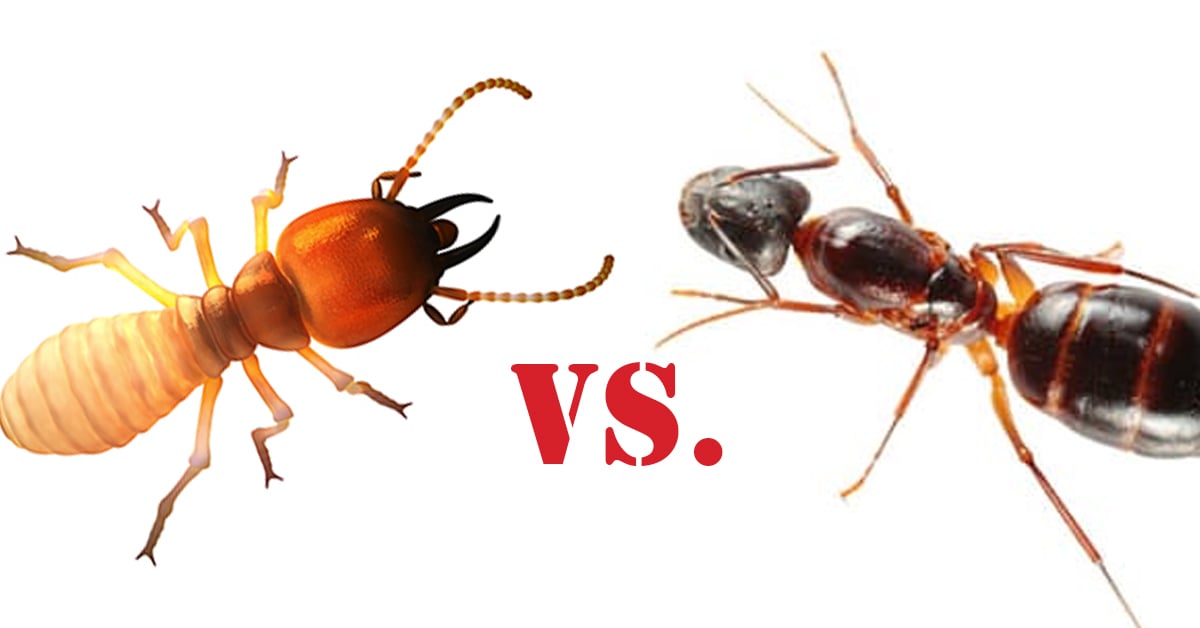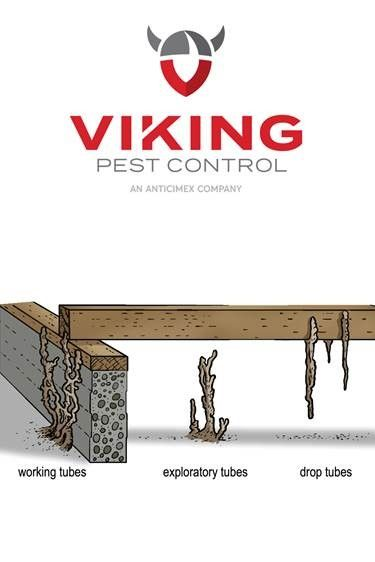What is the Difference Between Termites and Carpenter Ants?

Protecting your home or business from invasive species is a must, as even national franchises can suffer significant losses due to a lack of adequate pest control and prevention. Carpenter ants and termites are prevalent species that cause quite a lot of damage to homes and businesses over time if not caught early. But catching it early requires knowing the signs of an infestation and which pest is damaging your property.
Given that termites and carpenter ants are detrimental in similar ways, how do you know which one is which? How do you identify carpenter ant damage to termite damage?
That's what we're here to look at today. Read on to find out how you can differentiate between these two when calling a home or commercial pest control company.
What is Causing Wood Damage?
If you aren't sure about whether your property has a termite or carpenter ant problem, there are a few different factors to help you narrow everything down. Let's start with what they look like.
Termites have shorter, two-segment bodies consisting of a head and thorax, while carpenter ants have three segments: a head, abdomen, and thorax.
Another difference is that termites eat wood while carpenter ants, as the name suggests, deliver the wood they chip at to build nests. Both, however, rely on moisture to survive.
Termite and Carpenter Ant Swarmers
Both ant and termite colonies include reproductives that grow wings and become swarmers. This happens when colonies become too large. While this phenomenon usually occurs during the Spring, it has been known to happen during other times of the year.
The difference between termite and ant swarmers is when they come out to look for new colonies. Termites often come out during the day, while carpenter ant swarmers come out after the sun comes down. Ant swarmers also have much shorter wingspans than termite swarmers.
Having a trained residential or commercial insect exterminator around can help you identify them.
.jpg?width=2000&name=termites-nature-food%20(1).jpg)
Signs of Termite Infestation
The rare case where you see termites come out from the ground is when they're looking for a place to start a new colony. Sometimes the reproductive termites leave their wings or their dead bodies on windowsills.
If you can’t see these termites or their wings, you can look for mud tubes. These are made up of saliva, wood, waste, and soil to provide moisture to a colony. 
While you won't see much external damage on your wood, it's essential to know that termites consume wood from the inside out. If you suspect a termite infestation, knock on the wood to find out. If you hear a hollow sound, it's a good sign that termites are in there. These signs can be hard to pinpoint, so calling a pest control professional can help you narrow it down.
Signs of Carpenter Ant Infestation
A frequent sign of a carpenter ant infestation is small holes in your wooden structures with sawdust right outside of them. If the sawdust contains wood, dust, and insect parts, it's likely carpenter ants.
You probably won't hear much rustling or other sounds since carpenter ants work in relative silence.
Calling a Pest Control Company
Preventive pest protection is crucial if you want your property to remain healthy and avoid unwanted health risks and complications in your daily life. Use this guide to help you identify and eventually eliminate both termites and carpenter ants. Viking recommends annual termite inspections during the late Spring.
Are you looking for reliable carpenter ant control or termite extermination? Contact Viking Pest Control for a free estimate!











